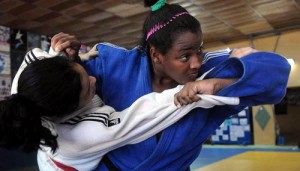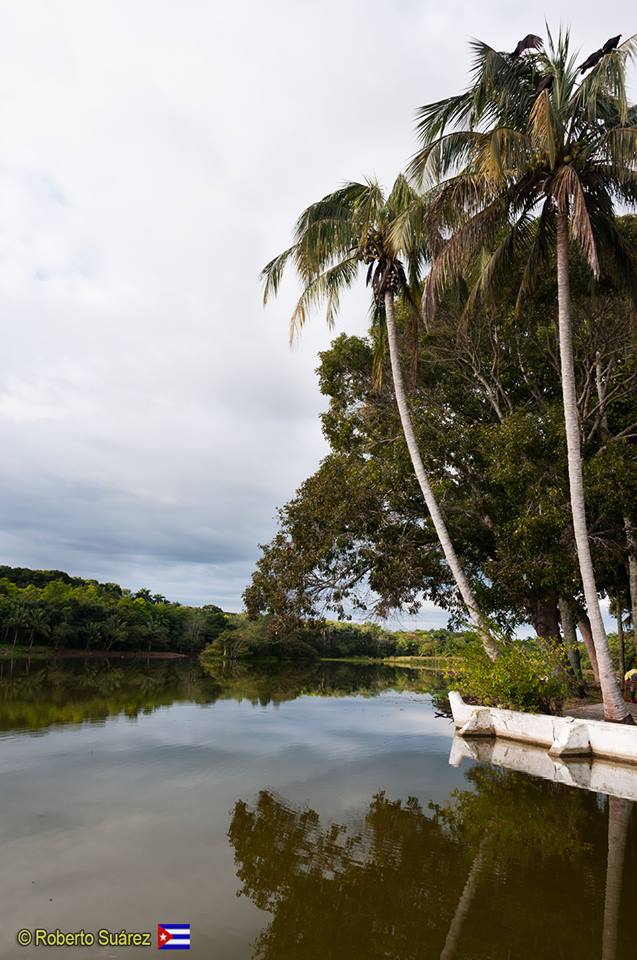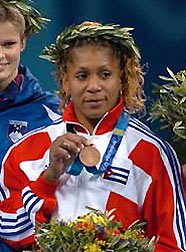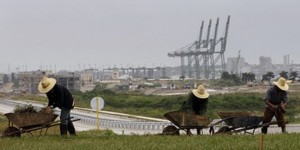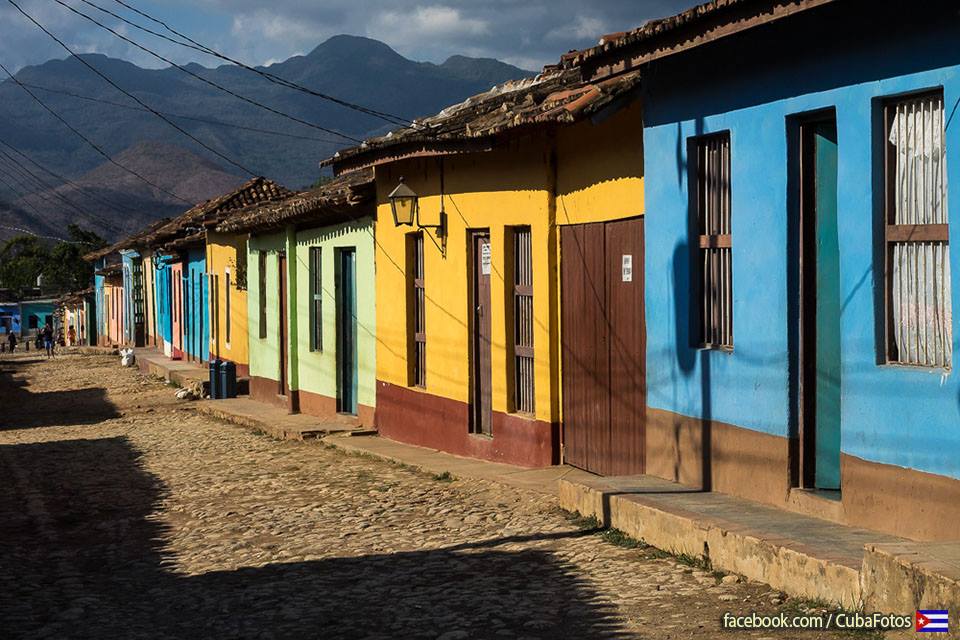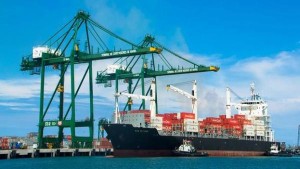JOSÉ MARTÍ AND OUR SISTER REPUBLIC OF VENEZUELA.
Universal Martí took his libertarian singing both distant as Europe to the nearest America. It took 12 long days trip from New York to Venezuela. Arriving in Caracas in January 1881, first he led his weary steps and raised his energetic soul to the statue of Simon Bolivar. There he spoke with the effigy in love soliloquy, which later would evoke in their children’s magazine “The Golden Age”:

“They say that one day a traveler arrived in Caracas in the evening, without shaking off the dust of the road, did not ask where he ate or slept, but how it is going to where the statue of Bolivar. And they say that the traveler only with high and fragrant trees in the square, crying in front of the statue, which seemed to be moving, as when a parent is about a son. ”
In Venezuela took the bread to your table as a teacher of French and literature at two schools, while offering his talent as a columnist for the newspaper La Opinion Nacional. Writing for the publication, he planned and even published his Venezuelan magazine, of which only two issues were circulated in July 1881.
In the same he exalted the figure of Miguel Peña, deputy and president of the Assembly which created the Great Colombia, among other honorabilidades. “He moved so fearless matador’s sword and the pen – says Marti – no stranger pen out their hands to the sword […] should preside, in room bronze, destinations in the city he knew how to grave realistic, Fort rights and birthplace of Republicans. ”

Between the young and the old Martí Cecilio Acosta, Venezuelan poet of liberal thought and one of the strongest critics of President Antonio Guzman Blanco, emerged early identification based on high ideals of justice and patriotism
Following the death of Acosta, Martí devotes an essay in the Revista Venezolana sense: “It is hollow and light, that proud head, that was the cradle of so grandiose idea; and those dumb lips spoke so manly and graceful language; and stiff, next to the wall of the coffin, the hand that was always honored bra pen, servant of love, rebellious and evil “.
The warm exaltation Cecilio Acosta, delivered the expected judgment on Martí non grata at the highest levels of the Venezuelan government person. The Cuban apostle had to return to America, where he established his center of revolutionary action for the independence of Cuba.
From New York, during August 1881 to June 1882, he sent valuable chronicles the National Opinion Venezuela, which, with the signature of M. de Z. commented not only the events of American life, but also reflected the European intellectual and political activity. While these chronic, Marti sent unsigned notes on history, literature, biography, trivia and sciences, grouped under the heading “Section Constant”.

In June 1882, they ceased collaborations Marti National Opinion. The cause, explain the most universal of all Cubans three years later in a letter to his friend Manuel Mercado, was that it was “a condition for continuing this work, that it consented to praise the abominations of Guzman Blanco”.
Son of the America of Bolívar, Martí historic seven months of warmth and enthusiasm under the Venezuelan huddled sky. Love it aroused in this beautiful land, his pen stopped loving testimony:
“[…] I am America’s son; I owe myself to her. And in America, the disclosure, shaking and I consecrate urgent foundation, it is the cradle; nor is sweet bitter cup to his lips; or the asp bite into the manly breasts; nor deny his crib unfaithful children. Venezuela Give me how to serve: she has in me a son. ”
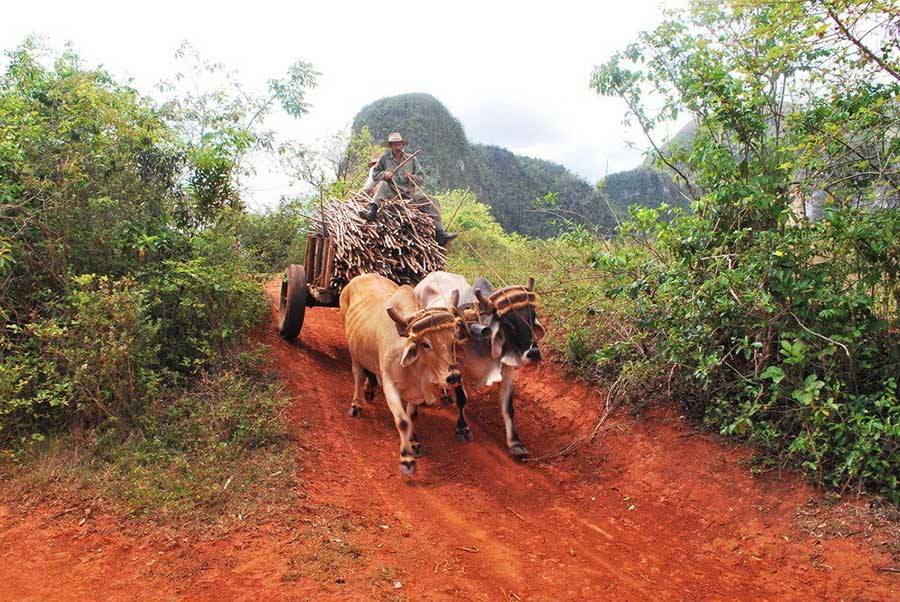
CUBA HOY/TODAY. En el Campo Cubano.
JOSÉ MARTÍ Y LA HERMANA REPUBLICA DE VENEZUELA.
El Martí universal llevó su canto libertario tanto a la distante Europa como a la más cercana América. Le tomó 12 largos días su viaje de Nueva York a Venezuela. Al llegar a Caracas, en enero de 1881, dirigió primero sus pasos cansados y elevó su alma enérgica hacia la estatua de Simón Bolívar. Allí dialogó con la efigie en amoroso soliloquio, que más tarde evocaría en su revista para niños “La Edad de Oro”:
“Cuentan que un viajero llegó un día a Caracas al anochecer, y sin sacudirse el polvo del camino, no preguntó dónde se comía ni se dormía, sino cómo se iba a donde estaba la estatua de Bolívar. Y cuentan que el viajero, solo con los árboles altos y olorosos de la plaza, lloraba frente a la estatua, que parecía que se movía, como cuando a un padre se le acerca un hijo”.

En Venezuela llevaba el pan a su mesa como profesor de francés y literatura en dos colegios, a la vez que ofrecía su talento como columnista en el periódico La Opinión Nacional. Escribiendo para esa publicación, proyectó y llegó a publicar su Revista Venezolana, de la cual sólo circularon dos números, en julio de 1881.
En la misma exaltó la figura de Miguel Peña, diputado y presidente de la Asamblea que creó la Gran Colombia, entre otras honorabilidades. “Aquel lidiador audaz que así movía la espada como la pluma – dice Martí – sin que la pluma fuera más extraña a sus manos que la espada […] merece presidir, en aposento de bronce, los destinos de la ciudad que él supo hacer tumba de realistas, fortaleza de derechos y cuna de republicanos”.
Entre el joven Martí y el anciano Cecilio Acosta, poeta venezolano de pensamiento liberal y uno de los más fuertes críticos del presidente de la república Antonio Guzmán Blanco, emergió una pronta identificación basada en elevados ideales de justicia y patriotismo
A raíz de la muerte de Acosta, Martí le dedica un sentido ensayo en su Revista Venezolana: “Ya está hueca y sin lumbre, aquella cabeza altiva, que fue cuna de tanta idea grandiosa; y mudos aquellos labios que hablaron lengua tan varonil y gallarda; y yerta, junto a la pared del ataúd, aquella mano que fue siempre sostén de pluma honrada, sierva de amor, y al mal rebelde”.

La calurosa exaltación a Cecilio Acosta, dictó la prevista sentencia sobre Martí de persona no grata a las altas esferas del gobierno venezolano. El apóstol cubano tuvo que regresar a Estados Unidos, donde estableció su centro de acción revolucionaria por la independencia de Cuba.
Desde Nueva York, durante agosto de 1881 a junio de 1882, envió valiosas crónicas a la Opinión Nacional de Venezuela, en las que, con la firma de M. de Z., comentaba no sólo los acontecimientos de la vida norteamericana, sino además reflejaba la actividad intelectual y política de Europa. Al mismo tiempo que esas crónicas, Martí enviaba notas sin firmar sobre historia, letras, biografía, curiosidades y ciencias, agrupadas bajo el título “Sección Constante”.
En junio de 1882, cesaron las colaboraciones de Martí a la Opinión Nacional. La causa, la explicaría el más universal de los cubanos tres años después en una misiva a su amigo Manuel Mercado, fue la de que era “condición para continuar aquella labor, que consintiese en alabar en ella las abominaciones de Guzmán Blanco”.

Hijo de la América de Bolívar, Martí se arrebujó siete históricos meses de calor y entusiasmo bajo el cielo venezolano. Del amor que despertó en él esa hermosa tierra, dejó testimonio su amorosa pluma:
“[…] De América soy hijo; a ella me debo. Y de América, a cuya revelación, sacudimiento y fundación urgente me consagro, ésta es la cuna; ni hay para labios dulces copa amarga; ni el áspid muerde en los pechos varoniles; ni de su cuna reniegan hijos infieles. Déme Venezuela en qué servirla: ella tiene en mí un hijo”.
LeonardoVenta/InternetPhotos/ TheCubanHistory.com
The Cuban History, Hollywood.
Arnoldo Varona, Editor.




